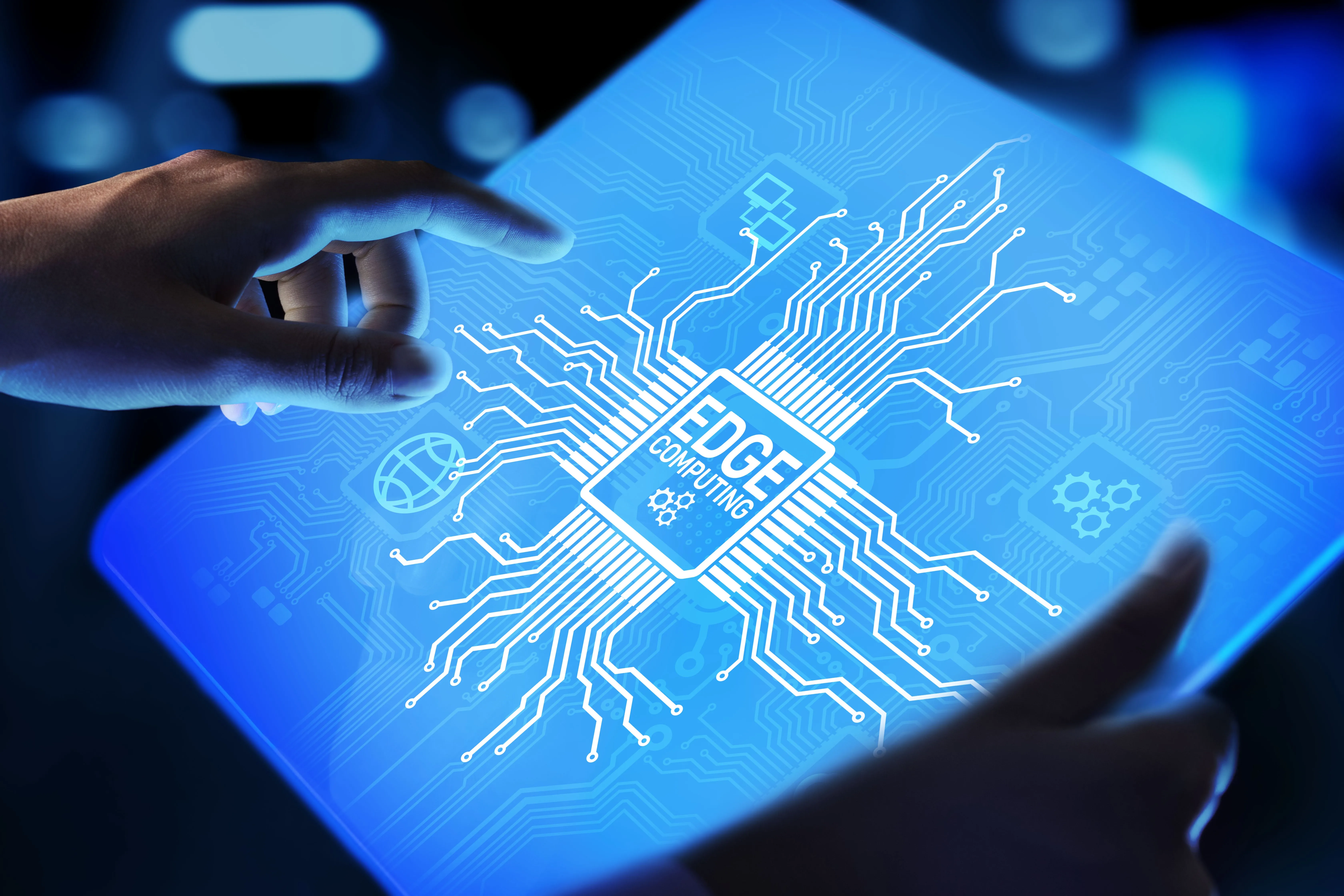Exploring Edge Computing and Edge Data Centers: A Comprehensive Buyer’s Guide

Why Enterprises Need an Edge Data Center
Edge data centers are crucial for addressing the data challenges posed by the Internet of Things (IoT). Organizations face massive data generation from remote sensors, security cameras, and smart devices. Processing that data at the edge reduces transmission inefficiencies and minimizes latency for time-sensitive applications.
Leading Use Cases in Major Industries
- Manufacturing: Implementing sensors enables real-time issue detection and predictive maintenance.
- Healthcare: Edge data centers support remote patient monitoring and essential analytics.
- Retail: Enhance customer experiences by analyzing in-store behavior data.
- Transportation: Utilize edge solutions for real-time alerts and predictive maintenance.
What to Look for in an Edge Data Center
Hardware for edge computing must withstand variable environments, requiring ruggedized components. Applications dictate the design, with each edge data center built to meet unique requirements. Data management systems need to prioritize streamlined processing and necessary security measures, given the growing cybersecurity concerns.
Major Trends in Edge Computing
Data gravity is reshaping IT infrastructure, dictating that it migrates to where data is generated. With projections reaching billions of IoT devices, enterprises must adapt by investing in edge solutions designed for future scalability and performance optimization.
Key Questions Before Buying Edge Data Centers
- What are your specific use cases?
- How will you ensure data security?
- What vendor capabilities align with your requirements?
For comprehensive insights, evaluate the capabilities of leading vendors in the edge data center landscape.
This article was prepared using information from open sources in accordance with the principles of Ethical Policy. The editorial team is not responsible for absolute accuracy, as it relies on data from the sources referenced.